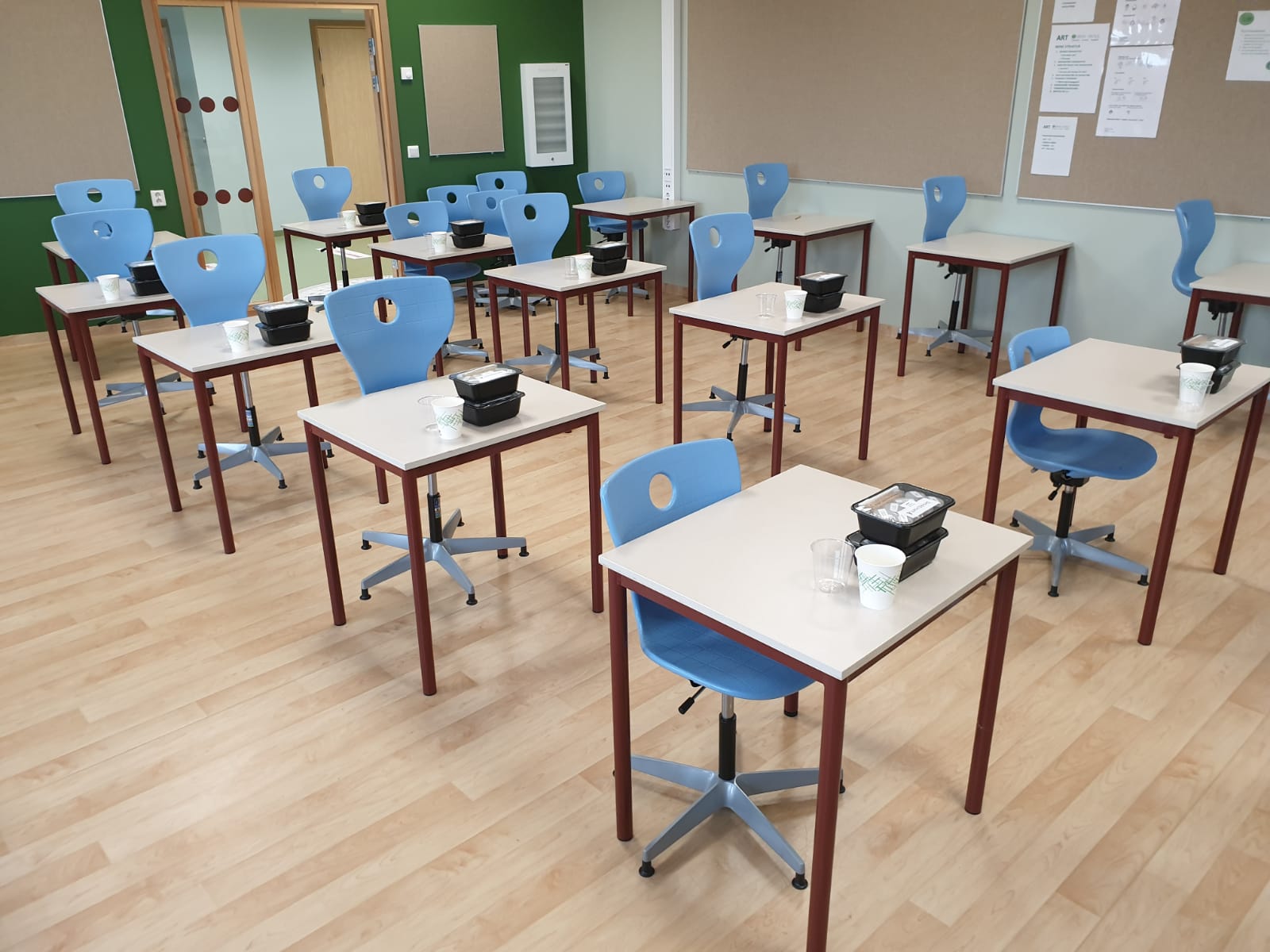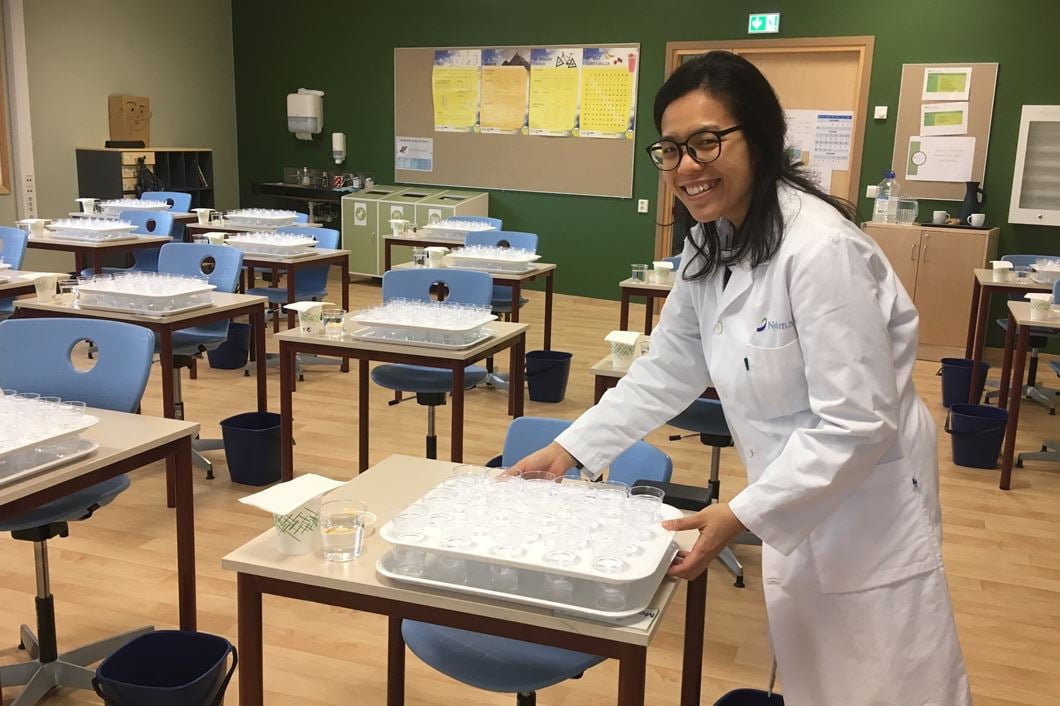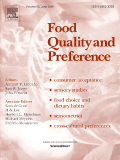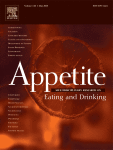
By: Ervina (#ESR2) “Are you ready to become a taste detective?” that was the first phrase presented to the children during the sensory testing of Ervina (ESR2). Undertaking a sensory test with children is not easy since they are not “mini-adults”. Therefore, a different approach should be used. Children have shorter attention spans than adults,…

By: Ervina (#ESR2) Children have different perceptions on how they respond to taste. The same concentration of bitter and sour tastes contained in one glass of grapefruit juice could for example be perceived differently by different individuals. One child may perceive that bitterness is stronger than sourness while the other may perceive a stronger sour…

In Autumn, 2020, Europe was hit by the second wave of Covid-19 with remarkable numbers of infected cases reported daily. As such, many social activities were again restricted and banned. This restriction significantly impacted Ervina (ESR2) who was planning to conduct her sensory study with preadolescent subjects. The study required her to physically meet children…

The importance of complementary feeding (CoF) for the establishment of healthy eating behaviors from infancy is well known. Parents are the first influencers of a child’s diet and they are often in contact with pediatricians to gather trustable advice regarding child feeding. What is less known is if expectations regarding exchange of information are met…

Products targeted at children use several eye-catching elements to attract children and convey the idea that they are appropriate for them. In the supermarket, it is not uncommon to find colorful packages with cartoon characters, photos of celebrities and references to fun. Unfortunately, many of those products hide an excessive content of sugar, fat, and…

Draw me your dream meal. Healthy and sustainable, please! by Tija Ragelienė “If they could they would eat candies and snacks for breakfast, lunch and dinner.” This is a thought that many parents and educators might say sometimes about children’s food preferences. But is it really true? Do children truly prefer sweets and candies for…

Eating is More Than Food Only or why Social Context Matters for Your Child’s Healthy Development by Tija Ragelienė Food and eating is an inseparable part of our everyday lives. We need food simply to survive and have energy for our daily activities. However, eating is not just a simple physiological action, but also a…

Roselinde van Nee (ESR4) published her first PhD paper in collaboration with her supervisors Ellen van Kleef and Hans van Trijp. The paper is about preadolescents’ healthy food consumption at schools in the Netherlands. A total of 142 preadolescents (on average 12 years old) and 81 parents completed questionnaires. Making independent food choices To what…

Julia Sick (ESR3) recently published a paper on the meaning of emoji to describe food experiences in preadolescents in the journal Foods. The paper was in collaboration with Erminio Monteleone, Lapo Pierguidi, Sara Spinelli (University of Florence) and Gaston Ares (Universidad de la República in Uruguay). The paper has open access and can be found…

Research suggests that children can use sensory temporal methods to describe visual stimuli, but refinements are needed for the characterization of food products. Ana Laura Velázquez Universidad de la República Uruguay There is no doubt that children’s input is essential to develop successful healthy products. Sensory methods need to be adapted to children’s cognitive abilities…









